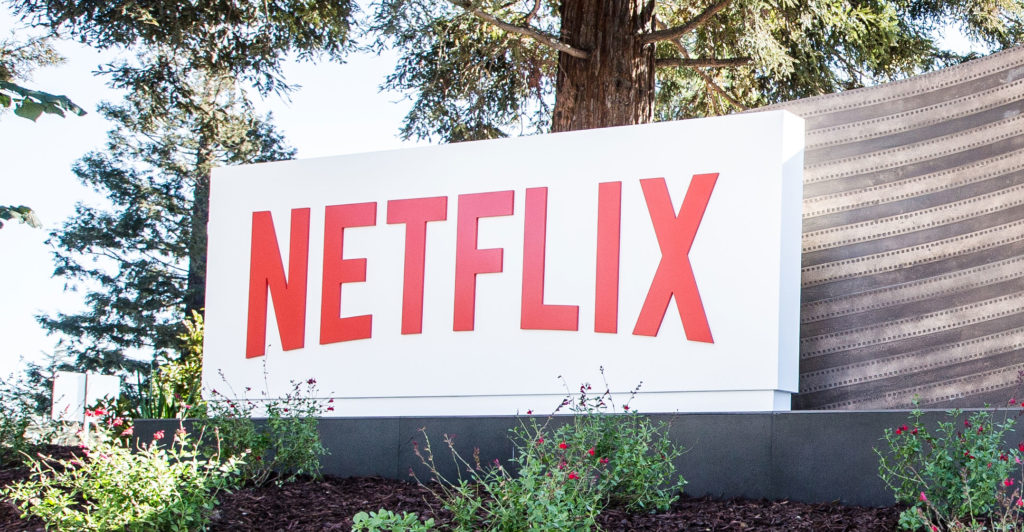
[By Alistair Fairweather]
You have to hand it to Rupert Murdoch. Love him or hate him, his business decisions often make for interesting reading.
His most recent diktat — that his newspapers begin shutting off their Web content to all but paying customers — is a giant public experiment in the future of online revenue models. And his most revered paper, The Times of London, appears to be faring quite well.
Earlier this week, News International (run by Murdoch’s son James) announced that it had sold 105 000 subscriptions to its digital products — about 50 000 of which were monthly subs. To other newspaper barons out there, struggling to make money out of the Wild Wild Web, that might sound like a lot, but let’s take a closer look at those numbers.
Before it put up the paywall, The Times‘s website was one of the most successful newspaper sites on the Internet — at least in terms of pure readership. It attracted more than 20m readers a month, and generated enormous amounts of attention and advertising inventory.
Even if it made 10p per reader per month (which equates to less than 1p per visit), it was still making £2m a month. Given that the monthly average revenue per user (Arpu) for many other online papers is typically more than US$0,50 (or 30p), 10p seems very low.
Contrast that with its current model, which nets it £8 per subscriber per month. Since only half subscribe in this way, and the other half pay £1 for one day’s access, its actual revenues are likely to be about £500 000 per month. And that’s before we account for its special introductory offer of £1 for the first 30 days’ access. Taking that into account, The Times‘s digital revenues are more likely to be about £400 000/month.
That’s certainly not a disgrace given that it only started charging in July. And there are some nice cost savings attached to its new model. Each online user costs money — in bandwidth and computing capacity — and 105 000 readers are obviously a lot cheaper to serve than 20m.
Nor do you need a big online sales staff, since advertising is redundant in the new model. And then there’s the visceral appeal — at least to journalists — of an online newspaper entirely devoid of advertising.
Downsides
But there are some downsides as well. That magical 105 000 includes people who bought The Times iPad application, and the edition formatted for Amazon’s Kindle. In both those cases, News International is handing more than 30% of its cover price to third parties. That may bring the monthly revenues down to the £350 000 mark, or even lower.
That means The Times will need to expand its digital subscriber base by at least seven or eight times before it will be on par with what it was making from its old advertising-supported model. And though it may be saving on serving a large audience, paywalls don’t come cheap — to build or to run. I suspect it will need about a million digital subscribers before the new model really makes sense.
Are there more than a million people out there willing to pay to read The Times in a digital format? The only honest answer is — no one knows. Given that the circulation of its physical newspaper is only half a million, a digital subscriber base of twice that seems quite ambitious.
And then there’s the question of whether these new revenues can replace the money currently made from the print edition. That answer is more clear — definitely not (at least not with the current model).
If The Times — venerable, globally revered, steeped in excellence — struggles to make money from digital subscribers, then that may spell doom for many rank-and-file publications without such a snooty audience and a deep-pocketed owner. From that perspective this is really an experiment in the future of all news — both printed and online.
Murdoch can afford to treat his newspapers like laboratories. The other regions of his global empire, pay TV and films, can easily feed the newspaper business while it conducts this risky gamble.
Other newspapers, that need to pay their own way, don’t have this luxury. From that perspective we should be grateful for Murdoch’s windmill tilting. He is, for once, doing something that may benefit someone other than himself.
- Alistair Fairweather is digital platforms manager at the Mail & Guardian
Visit the Mail & Guardian Online, the smart news source
- Subscribe to our free daily newsletter
- Follow us on Twitter or on Facebook




